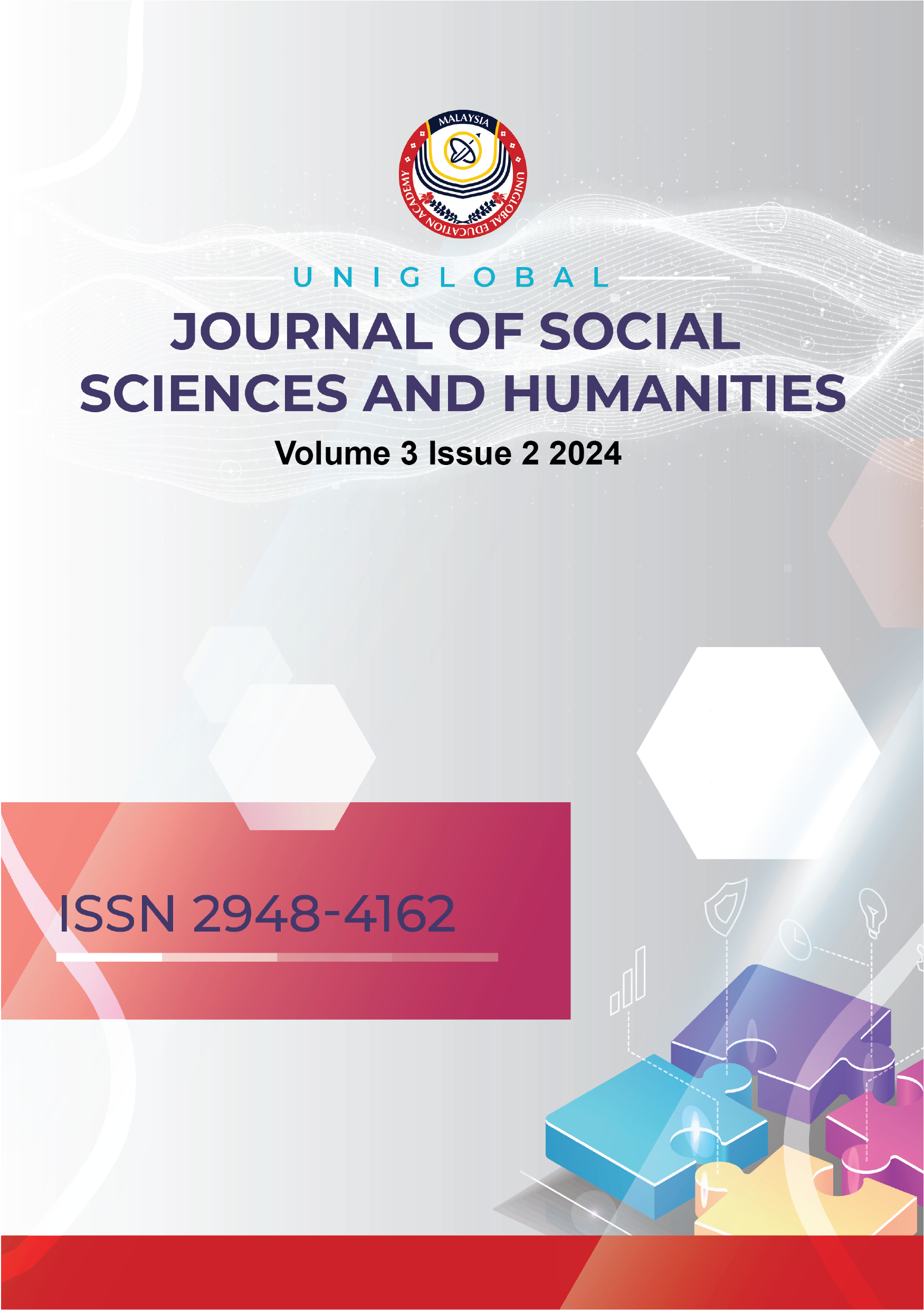Disruptive Innovation and Its Impact on Traditional Business Models: A Multi-Industry Study
DOI:
https://doi.org/10.53797/ujssh.v3i2.29.2024Keywords:
Disruptive Innovation, Traditional Business Models, Innovation Adoption, Market Response, Mixed-Method ResearchAbstract
This study examines the concept of disruptive innovation and its significant influence on conventional business models across several industries. Disruptive innovations, defined by novel technology or business practices that revolutionise markets, confront established firms by providing more accessible, cost-effective, and straightforward solutions. The study examines the impact of innovations on industries including technology, healthcare, retail, and finance, focussing on market responses, adoption rates, and subsequent changes in market share and profitability. The paper integrates case studies and theoretical perspectives to create a comprehensive framework for understanding disruption dynamics, offering insights for traditional organisations on adaptation and innovation to maintain competitiveness. This research employs qualitative case studies and quantitative data analysis to investigate how traditional companies in the technology, healthcare, retail, and finance sectors respond to disruption, the rate of innovation adoption, and the resulting impact on market share and profitability. The findings indicate that specific organisations effectively adjust to disruptions through innovation within their current business models, whilst others encounter substantial difficulties, such as market decline and diminished competitive advantage. The report offers practical insights for organisations to manage disruptive change, emphasising the necessity of strategic flexibility, innovation uptake, and consumer-centric strategies to maintain long-term growth in a turbulent market landscape.
References
Binns, A. (2023). Technology and Innovation: Key Drivers in Market Expansion. Tech Innovators Journal.
Christensen, C. M. (1997). The Innovator's Dilemma: When New Technologies Cause Great Firms to Fail. Harvard Business Review Press.
Christensen, C. M., Raynor, M. E., & McDonald, R. (2015). What Is Disruptive Innovation? Harvard Business Review, 93(12), 44-53.
Christensen, C. M., McDonald, R., Altman, E. J., & Palmer, J. E. (2018). Disruptive Innovation: Intellectual History and Future Paths. Journal of Management Studies, 55(7), 1043-1078. https://doi.org/10.1111/joms.12349
Deloitte. (2023). Financial Sector Response to Disruptive Innovation: Adapting or Declining? Deloitte Insights.
Forrester. (2023). Consumer Behavior and the Shift to Digital in 2023. Forrester Research.
KPMG. (2023). Adopting Technology in Healthcare: A Slow but Steady Transformation. KPMG Healthcare Insights.
McKinsey & Company. (2023). The Impact of E-commerce Disruption on Retailers. McKinsey Reports.
McKinsey & Company. (2020). Disruption and the Emergence of Digital Leaders: A Sector-Wide Perspective. McKinsey Reports.
Nagle, F. (2021). Rethinking Innovation in Established Firms: Lessons from Tech Giants. MIT Sloan Management Review.
O'Reilly, C. A., & Tushman, M. L. (2013). Organizational Ambidexterity: Past, Present, and Future. Academy of Management Perspectives, 27(4), 324-338.
Porter, M. E. (2022). Organizational Culture and Innovation: The Challenges of Adapting to Disruption. Harvard Business Review.
PWC. (2023). Building a Culture of Innovation: How Companies Are Embracing Disruptive Change. PWC Global Trends.
Tushman, M. L., & Anderson, P. (2004). Managing Strategic Innovation and Change: A Collection of Readings. Oxford University Press.
Zengler, J. (2019). Regulatory Challenges in the Age of Disruptive Innovation. European Management Journal, 37(5), 589-601.
Downloads
Published
How to Cite
Issue
Section
License
Copyright (c) 2024 Zhihai Pang, Mohd Yusof Abdullah

This work is licensed under a Creative Commons Attribution-NonCommercial-ShareAlike 4.0 International License.



